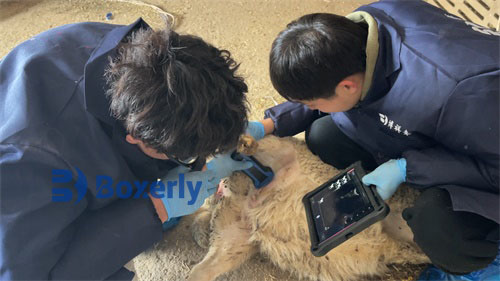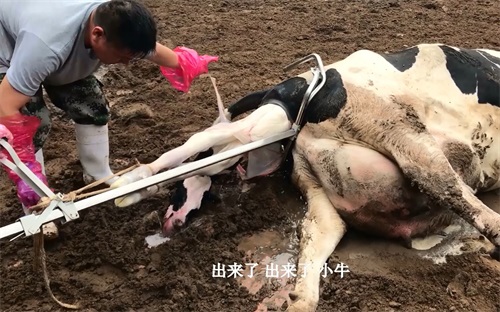Activity analysis of veterinary B-ultrasound system
The veterinary B-ultrasound activity diagram is one of the diagrams in UML that describes the dynamic behavior of the system. It is used to show the activities or actions of the classes involved in the behavior. An activity is a non-atomic execution in a state machine. It consists of a series of actions, and the actions consist of executable atomic calculations. A state machine is a diagram that shows states and state transitions. There are two ways to visualize a state machine, namely, a state diagram and an activity diagram. In the analysis and design of today's software projects, activity diagrams are used more often because they can not only describe the state of an object, but also highlight its activities.
The objects involved in the veterinary B-ultrasound scan are the operator and the scanner. The operator first queries the database to check whether the sick animal exists. If the animal is not present, it needs to be added. This process is considered in the detailed design stage and is not drawn in the activity diagram. The next step is to decide on the scan of the eye. Currently, the first version of the system can only provide two scanning methods: anterior chamber and cornea. The third step is to decide whether the sick animal needs to be scanned in the left or right eye. The following three steps are automatically executed by the scanner object calling the API encapsulation object of the board card, and the operator cannot control it. First, connect the ultrasonic sensor, then manually adjust the z-axis, that is, adjust the distance between the Veterinary ultrasound probe and the eye, and finally connect the motor control card. At this point, the entire scanning preparation is ready. Next, the operator issues a scanning command. According to the veterinarian's requirements, the scanning is divided into two forms: continuous scanning, that is, the veterinary ultrasound probe moves continuously on the slide rail during scanning, and one-time scanning. Only one of the two can be selected, and a branch appears in the activity diagram here. After the scan is completed, save the image to the database.
Timing diagram of veterinary ultrasound system application
The activity diagram of the veterinary ultrasound system is very similar to the flowchart, which can perfectly show the workflow of the system, but it is still unsatisfactory for the behavioral interaction between objects, especially the steps and sequence of operations. The timing diagram of the veterinary ultrasound system is an interaction diagram that emphasizes the time sequence of messages. The timing diagram of the veterinary ultrasound system describes the interaction between classes in the class system. It models these interactions as message exchanges, describing the messages exchanged between classes and classes to complete the expected behavior.
In the timing diagram of the veterinary ultrasound system, the objects involved in the interaction are arranged horizontally at the top of the timing diagram, and a vertical dotted line is drawn at the bottom of each object. When an object sends a message to another object, the message starts at the dotted line at the bottom of the sending object and ends at the dotted line at the bottom of the receiving object. These messages are represented by arrows, placed horizontally, and arranged vertically. In the vertical direction, the closer the message is to the top, the earlier it is sent. When the object receives the message, the object treats the message as a command to perform a certain action. The timing diagram of the veterinary ultrasound system provides UML users with a clear and visual track of the flow of events over time. The timing diagram of the veterinary ultrasound system includes four elements: class role, lifeline, activation period, and message. The class role represents the role played by the object in the timing diagram in the interaction; the lifeline represents the existence of the object in the diagram for a period of time; the activation period represents the period when the object in the diagram performs an operation; the message is the information exchanged in the interaction and collaboration.









